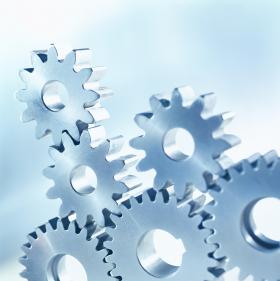What defines an Alliance powertrain?

One of the earliest areas for Renault and Nissan to explore at the start of the Alliance was how best to share powertrains, something we have become rather good at with huge savings for both companies as a result.
So what is an Alliance, or common, powertrain?
What it really means is that we share design and development costs as well as the intellectual property rights. The powertrain is therefore an Alliance powertrain belonging to both companies and not a Nissan or Renault powertrain.
What it doesn’t mean is having a joint Renault-Nissan team developing it because it would be less efficient than having Renault or Nissan developing for both. This is Alliance policy but of course if specific competencies are requested people can be dispatched from either company to the development team.
Generally, but not always, Renault will develop diesel engines, and Nissan will develop gasoline engines from 1.6-litres. The aim is to reduce the overall cost – the entry ticket price – by sharing both design and development and creating volume to get economies of scale.
Good examples are the K9 engine (diesel, developed by Renault and widely used by Nissan), the TL gearbox (manual transmission developed by Renault and used across the Alliance in engines up to 240 Nm), the H4M engine, a 1.6-litre gasoline unit developed by Nissan and to be used by Samsung and Renault Fluence.
But we are always very conscious that global markets have their differences while in the vehicle line-ups of Renault, Nissan, Infiniti, Samsung and Dacia there will always be some specific engine needs for each brand, especially for the upper segments in the Nissan and Infiniti line-ups.
This diversity needs to be met at the same time as having a consistent approach to powertrain development across both companies. Our challenge is to make sure common needs are identified as early as possible and brought together to reduce the requirement to diversify powertrains while still meeting the different needs of the individual brands and markets.
Meanwhile, to make sure the customer is getting the right product, our Key Performance Indicator (KPI) for powertrains – the way we measure their success on top of the savings we can achieve – is to benchmark against competitors.
How few engines do we need to meet all our needs against what other car makers do? I guess two good and obvious examples are Volkswagen which uses the same engine line-up across its four major brands to very good effect and Honda. So we’re trying to measure how effectively we use our powertrains across our five Alliance brands. We’re not quite where we need to be, but we’re getting there!
print Tweet




Post new comment